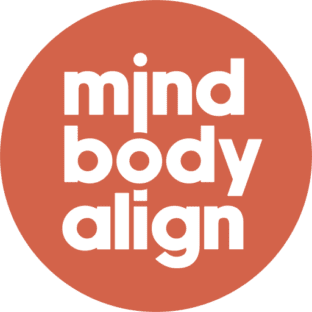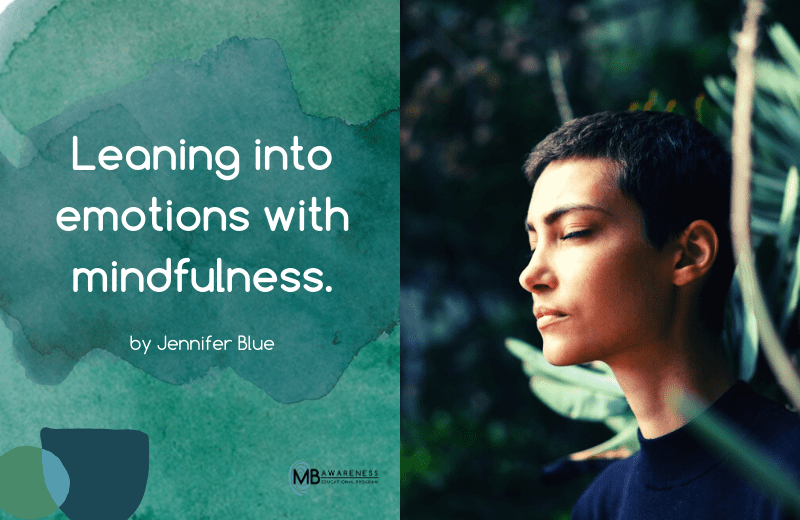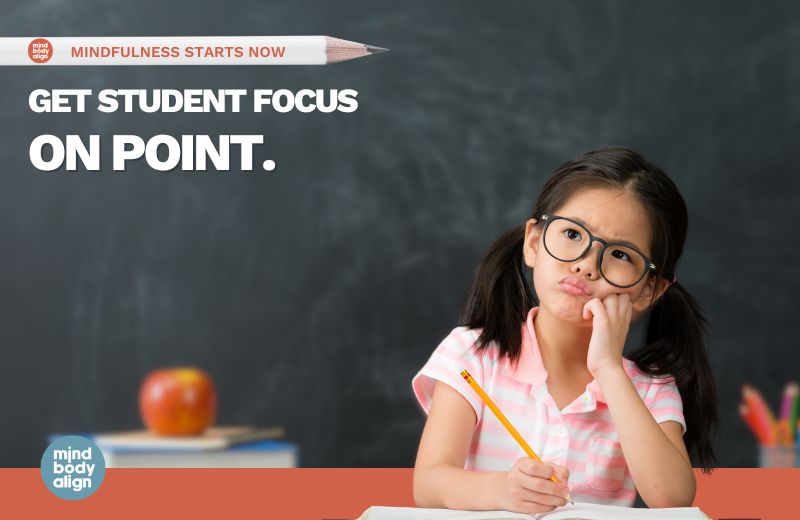The past few months have been different. I am going to call it a time of mindful contemplation. I have been working at home, picking up groceries shopped by someone else, and connecting with very few people in person.
On the plus side, I started some new good habits. I start each day with quiet time, in meditation, followed immediately by my beloved first cup of coffee. When I am sitting with “what is” each morning, the feelings that arise range from fear, anger, guilt, discouragement, or deep sadness. If you think about stereotypes, aren’t people who meditate supposed to be walking around, blissful all of the time? This is simply not true. Practicing mindfulness does not give you a “get out of jail free” card when it comes to negative or hard emotions. It’s quite the opposite. Sometimes I feel as though I am navigating a never-ending series of emotional landmines.
Always remember to bring it back to the breath. Now I’m breathing in. Now I’m breathing out.
My family is multicultural, and in addition to pandemic and political conversations, there have been some tough conversations around race lately. Thinking about these things is not easy. Talking about them is even harder. Like many others, I am taking time to reflect and to think about the lenses through which I view the world. What do I believe? Why do I believe it? Is this true? How do I know that it’s true? These practices are very contemplative, requiring mindfulness. I notice I have an underlying calm that keeps me steady.
I must stop here to emphasize that calm is not the goal of mindfulness. It is both a by-product and a benefit. Here’s an example: sometimes it is really challenging to read the news or see things people post on social media and not feed into it. It can be tough to not respond or get into the story of it. This is where mindfulness does wonders. The purpose of meditation or using different mindfulness techniques isn’t to only experience “good” feelings or calm. It is designed to allow us the space to experience the full range of human emotions without becoming attached to them. This means all emotions. The good, the bad, and the ugly. Although it would be awesome if we could suddenly become super chill human beings by meditating a couple of times, that has not been my experience. When things are uncertain or we are on shaky emotional ground, we can always use our mindfulness superpowers to choose our reaction.
This includes choosing calm. Our superpowers must be continually recharged. We do this by regularly practicing mindfulness. The space or pause gives us time to choose to not respond or to choose to respond very intentionally, rather than from a reactive or impulseful place.
You might be asking, “If I’m still going to experience hard things and I am expected to “feel” them, what’s the point?” For me, the point is to be fully immersed in my life and to feel all of what it means to be human. Just a couple of weeks ago, an acquaintance and someone I deeply admired lost his six-year battle with cancer. I knew he was going to die as he had gone home from the hospital to die with dignity, surrounded by those he loved and who loved him. When I heard the news, I sobbed. My heart physically hurt, even though I thought I was prepared. My way of being and my practice did not spare me feelings of loss and heartache. I was mad. He was forty years old. He was one of the good guys. He was a husband and a father.
Through my mindfulness practice, I was able to identify the feelings and have the space to understand that grief is not a permanent state of being. In this case, mindfulness allowed me to have empathy for his wife and children. Studies have shown that when one cultivates empathy, we become more compassionate. They say compassion leads to action. This is how we begin to change ourselves, and then the world.
In time and through regular mindfulness practice, we are able to navigate and process things in a less reactionary way. We are able to self regulate and not be attached to the story that we have created around that emotion. We are able to calm our nervous systems and leave the “fight or flight” way of being. When we are able to reach a state of equanimity, we are able to accept all of our emotions with mental calmness, clarity, and balance.
I love the way Chris LuVogt describes it in Huffpost, “Mindfulness is so closely linked with equanimity because it directly teaches you to take the middle path — to not resist or cling to things, and to not just let things happen to you willy-nilly. You quite literally train yourself to notice and reflect before responding, and as a result, your behaviors become reasoned, conscious responses.”
Before I walked into my first mindfulness class, I seemed to constantly ride the pendulum between resistance and rumination. My happiness was nearly always dependent upon outcomes. I was unable to enjoy the journey in any meaningful way. In time, I have learned to lean into my emotions with less resistance. Mindfulness can and will allow us to be really curious and explore seemingly difficult emotions without fear and self-judgment. For me, I found the opportunity to trust my journey and to embrace the wholeness of my humanity.
One of the first steps to a mindful life is to become aware of physical sensations. Our founder, Annamarie Fernyak, has recorded this body sensing meditation that will get you started.
Mrs. Mindfulness also shares has some great steps for working through your emotions. If you are struggling due to the pandemic, the CDC has an entire page of resources related to coping with stress. You can also sign up here to receive our email updates, including great resources and tips to guide you along your mindfulness journey.
Make the next six months different. Good different. Lean into mindfulness.










